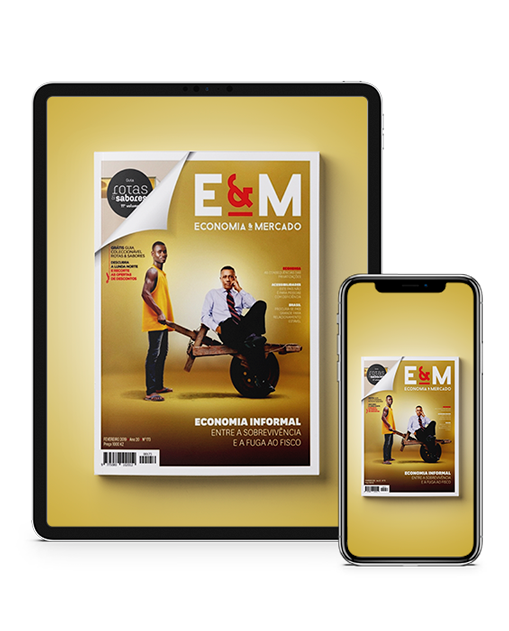Correria, escassez de transportes, longas filas indianas nas principais artérias de Luanda, compostas maioritariamente por trabalhadores e estudantes. Este é um retrato rápido e parcial da situação dos transportes urbanos na capital do país, onde as medidas adoptadas pelo Governo, no âmbito do Decreto Presidencial que de clara a Situação de Calamidade Pública, não são acompanhadas por acções complementares para atender à crescente procura por esses serviços.
Na luta para apanhar um transporte, as paragens continuam lotadas e, com essas aglomerações, o risco de propagação do vírus nas comunidades é maior. O Ministério dos Transportes assegurou, em Outubro do ano passado, o funcionamento de cerca de 90% dos serviços, com os 153 novos autocarros postos a circular em Luanda, mas o fenómeno da mobilidade na cidade capital atrai vários discursos.
Para uns, “a coisa está feia”, mas, para outros, “dá para sobreviver”. Por um lado, os taxistas queixam-se de obter baixo lucro, porque têm de apresentar “grandes contas” aos patrões, por outro, a população fica com uma rotina cada vez cansativa, correndo atrás dos carros para conseguir chegar a tempo aos seus compromissos. João Sozinho é um taxista que faz as rotas Congolenses – Viana, Viana – Congolenses – Mutamba – Samba.
Para ele, realmente, não há dificuldades com a lotação máxima de 75%, mas difícil é lidar com a fiscalização da Polícia.
“Nos autocarros, não fiscalizam, como se essa doença só existisse nos táxis. O Governo tem de analisar bem esta questão”, desabafou, tendo reconhecido que, do lado dos taxistas, apesar de haver nas paragens grande fluxo de passageiros, o trabalho está a correr normalmente.
Leia o artigo completo na edição de Fevereiro, já disponível no aplicativo E&M para Android e em login (appeconomiaemercado.com).
Taxi services within the pandemic context
In October last year, the maximum capacity for urban public transportation increased from 50 to 75%, in Luanda, considering the resumption of classes in both higher education and II cycle of the secondary education.
It was seen rush, lack of transports, and long single queue in the main streets of Luanda, mostly composed of workers and students. This is a quick and partial portrait of the urban transportation situation in the capital of the country, where the measures adopted by the Government, under the Presidential Decree that declares Situation of Public Disaster, are not followed by complementary actions to meet the growing demand for these services.
In the fight to take a transport, the stops are still full and, with these crowds, the risk of spreading the virus in the communities is greater. In October last year, the Ministry of Transport assured that about 90% of the services would be operational, with 153 new buses running around Luanda, but the issue of mobility in the capital city is one that attracts several speeches.
For some, “the thing is ugly”, but for others, “you can survive”. On the one hand, taxi drivers complain about getting low profits, because they have to give “large sum of cash” to their bosses; on the other hand, the population has an increasingly exhausting routine, running after the cars in order to take them to their appointments on time. João Sozinho is a taxi driver who works on the route Congolenses – Viana and Viana - Congolenses - Mutamba - Samba.
For him, there are no challenges with the maximum capacity of 75%, but it is difficult to deal with the inspection of the Police.
“They do not inspect buses, as if the disease only exists within the taxis. The Government must review this issue carefully”, he said, having also recognized that, on the taxi drivers’ side, even though passenger flow is high at the taxi stops, the work is progressing normally.
Read the full article in the February issue, now available on the E&M app for Android and at login (appeconomiaemercado.com).
.png)












